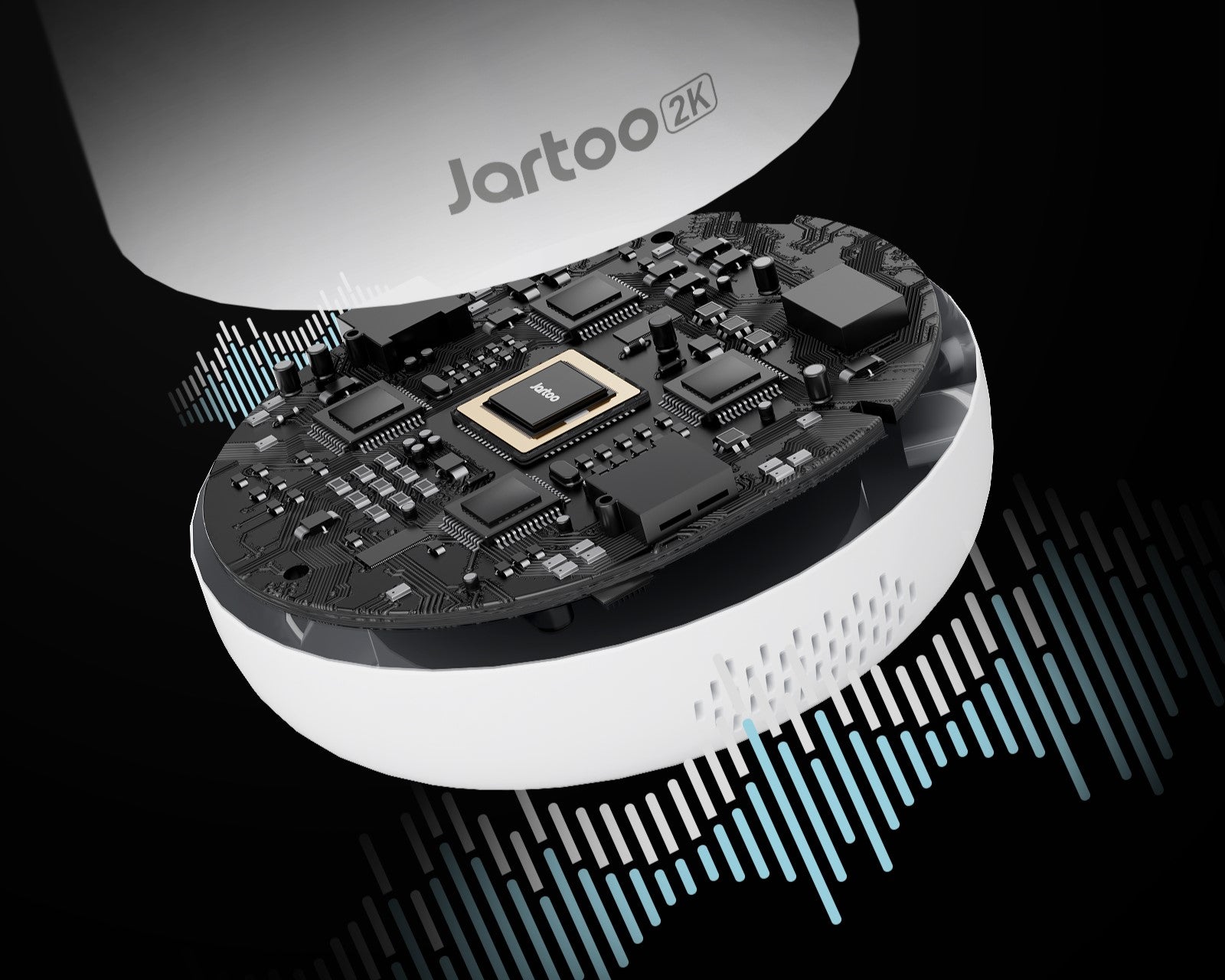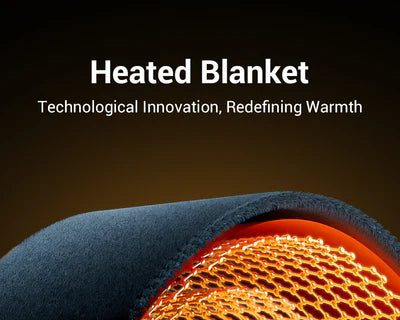Can I Plug a Heating Pad into a Car Outlet?
Understanding Your Car’s Power Outlets
Electrical Requirements of a 12V Car Heating Pad
Why Standard Home Heating Pads Aren’t Directly Compatible with Cars

Advanced Technology in Car Heating Pads
Enhanced Safety and Energy Efficiency in Car Heating Pads
| Power Draw | Approx. Runtime |
|---|---|
| 30W | ~23 hours |
| 70W | ~10 hours |
| 120W | ~6 hours |
Portability and Durability Features
Best Practices for Using a Heating Pad in Your Car
Smart In-Car Comfort Solution
Trending Articles

Title

Title

Title

Title

Title

Title

Title

Title

Title

Title

Title

Title